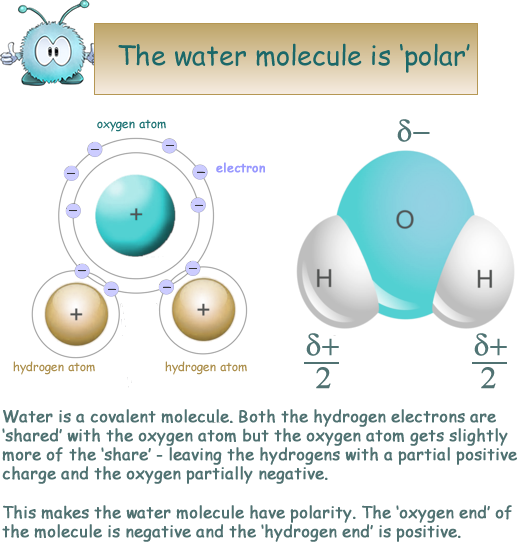Levitation
All matter is made up of charged particles that are moving at very high speeds (see the atom). You can therefore think of them as tiny magnets whizzing around. These magnets usually cancel out each other's fields. That is why we do not think of everything as being magnetic. If an object is placed in a strong magnetic field the electrons within it shift their orbits slightly. These 'shifts' give each of the atoms their own net magnetic field (stops the magnetic fields completely cancelling each other out). Therefore when an object is put in a very strong magnetic field, it is essentially made up of lots of tiny magnets and these can interact with the field. This is especially true if there is a lot of water in the object. Water is a good diamagnetic It turns out that many materials are 'diamagnetic', meaning that they are repelled by a magnet (in contrast to 'magnetic' materials, which are attracted by a magnet). Although diamagnetism is fairly common, it is a very weak effect, much weaker than the attractive forces of magnetic materials such as iron. For that reason, diamagnetism is rarely ever noticed. One of the most common diamagnetic materials is water. It's diamagnetism is extremely weak, but it can be observed in very low friction environments. It happens because water molecules are polar - meaning that the electron density across them is greater in one part than another - giving the molecule a partial charge shift across it. The magnetic field around them is strong compared to non-polar molecules.
Frogs are good subjects to use for us to show this effect not only because they have a high water content but also because they fit easily inside a tube shaped 'Bitter electromagnet'. Bitter electromagnets use an electric current to create an extremely strong magnetic field and this field induces an opposite magnetic field in the frog. The opposing fields repel each other, pushing the frog up to an area of lower magnetism and levitating it.
|
Follow me...
|






